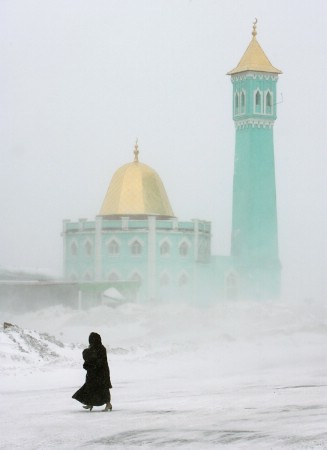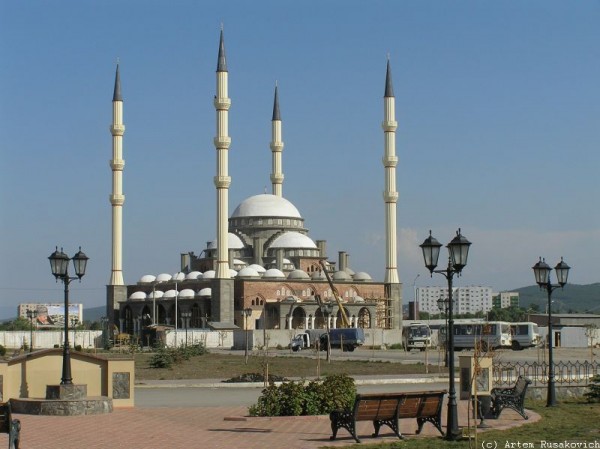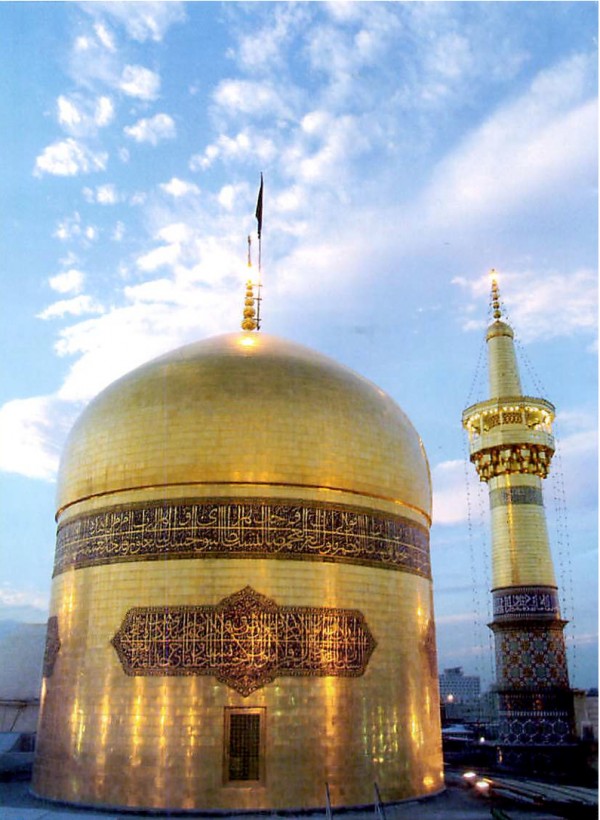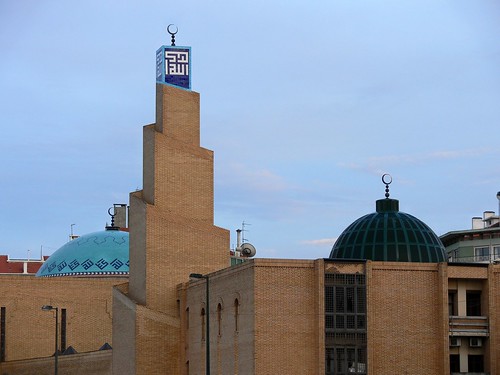 Al-Masjid al-Nabawi, Medina Saudi Arabia
Al-Masjid al-Nabawi, Medina Saudi ArabiaThe Mosque of the Prophet ( Arabic: المسجد النبوی ) [IPA /mæsʤıd ænːæbæwı], in Medina, is the second holiest mosque in Islam. It is the final resting place of Muhammad. Masjid al-Haram in Mecca is the holiest mosque; the Al-Aqsa Mosque in Jerusalem is the third holiest in Islam.
The original mosque was built by Muhammad. Subsequent Islamic rulers greatly expanded and decorated it. The most important feature of the site is the green dome over the center of the mosque, where the tomb of Muhammad is located. Constructed in 1817 and painted green in 1839, it is known as the Dome of the Prophet.[1] Early Muslim leaders Abu Bakr and Umar (Umar ibn al-Khattab) are buried in an adjacent area in the mosque.
The edifice was originally Muhammad's house; he settled there after his Hijra (emigration) to Medina, later building a mosque on the grounds. He himself shared in the heavy work of construction. The original mosque was an open-air building. The basic plan of the building has been adopted in the building of other mosques throughout the world.
The mosque also served as a community center, a court, and a religious school. There was a raised platform for the people who taught the Qur'an.



















No comments:
Post a Comment